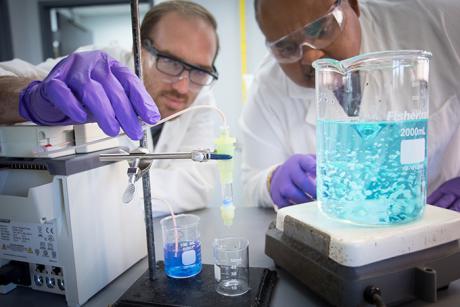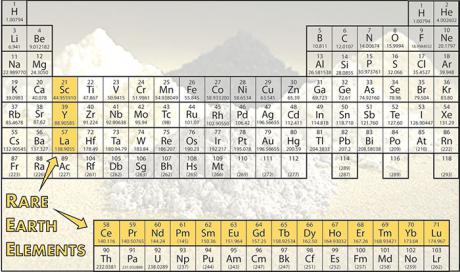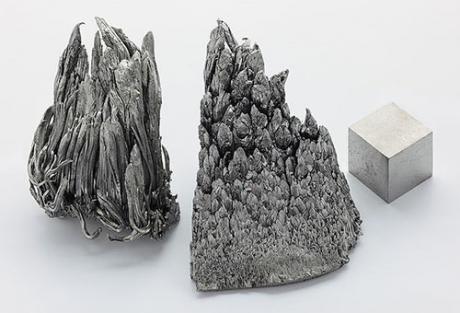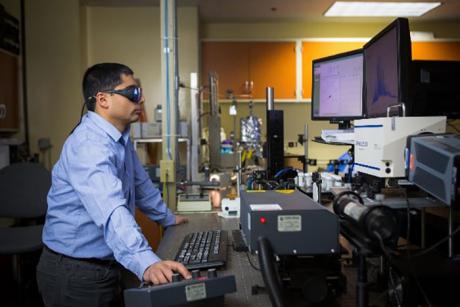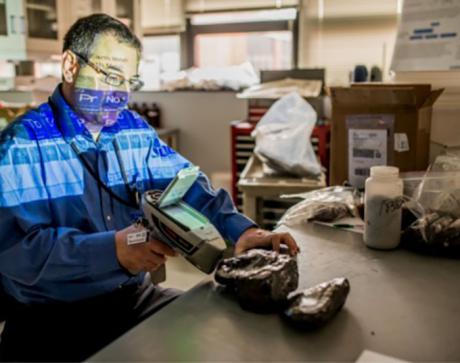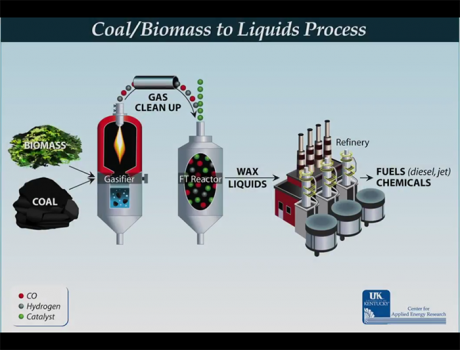The U.S. Department of Energy’s (DOE) Office of Fossil Energy (FE) and the National Energy Technology Laboratory (NETL) have selected nine projects to receive approximately $12 million in federal funding for cost-shared research and development projects. These projects aim to address critical technology gaps and develop transformational advanced combustion system technologies that will improve the efficiency and reliability of existing power plants.
The Department of Energy today announced nine projects to receive approximately $4 million in cost-shared federal funding to improve the technical, environmental, and economic performance of new and existing technologies that extract, separate, and recover rare earth elements (REEs) from domestic U.S. coal and coal by-products.
The U.S. Department of Energy (DOE) today announced the availability of a $50 million funding opportunity through the Office of Fossil Energy to design, construct, and operate two large-scale pilots for transformational coal technologies that improve coal-powered systems’ performance, efficiency, emission reduction, and cost of electricity.
Today, the U.S. Department of Energy (DOE) selected four projects to move on to a second phase of research in their efforts to advance recovery of rare earth elements (REE) from coal and coal byproducts. DOE will invest $17.4 million to develop and test REE recovery systems originally selected and designed under phase 1 of a prior funding opportunity announcement through DOE’s Office of Fossil Energy (FE).
In addition to the robust in-house rare earth elements (REE) research conducted at the U.S. Department of Energy’s (DOE) National Technology Laboratory (NETL), the Laboratory also partners with leaders in industry and academia to facilitate REE technology research and development, and its potential deployment.
Coal has helped power the nation for well over a century, but NETL researchers are beginning to find another use for this abundant energy source by developing advanced characterization techniques. Hidden within the black organic rock are tiny quantities of rare earth elements (REEs), and these special elements are widely used in high-tech products, including cell phones, computers, batteries, and lasers.
A continuing challenge in most technology development is striking a careful balance between ways the technology stands to benefit society and whether the costs of that technology outweigh those perks. Recovering rare earth elements (REEs) from coal and coal by-products is no exception. REEs are a crucial component of many modern technologies, making them vital to national security and technological innovation. Currently, the global market is dominated by inexpensive off-shore production sources, but new, domestic sources would help to ensure U.S. security.
Coal powered the industries that created and transported products used by millions all over the world before other fuel options became more prevalent. By working on ways to extract rare earth elements (REEs) from coal and its by-products, NETL researchers are unlocking innovations that could once again make one of America’s most abundant natural resources part of the products people use every day.
With an eye toward the development of cleaner coal-derived liquid fuels that can someday power cars, trucks, tanks, and even jets, the National Energy Technology Laboratory (NETL) has been supporting researchers at the University of Kentucky as they close in on an innovation that could someday advance the state of the art for transportation fuels production.






